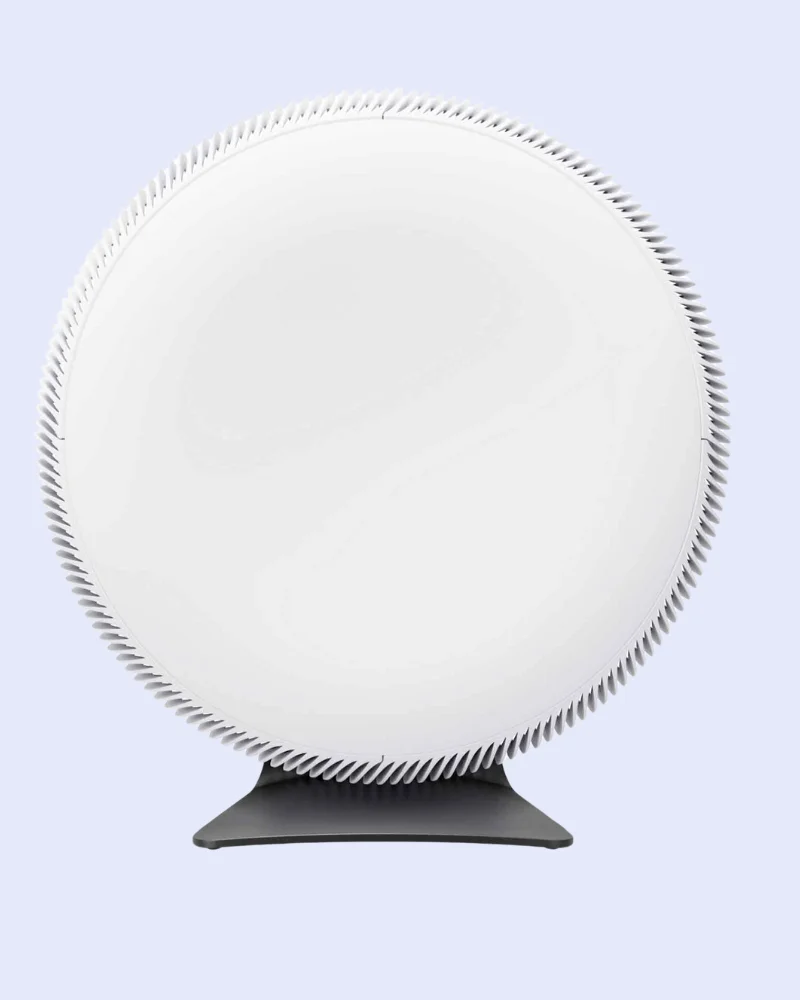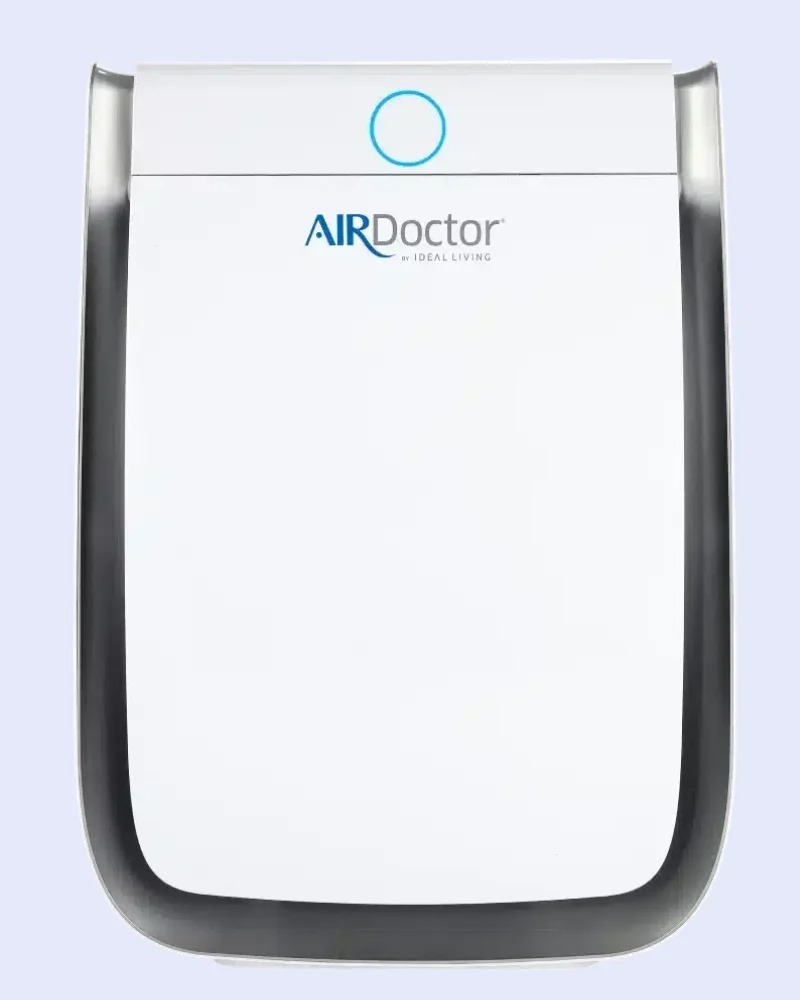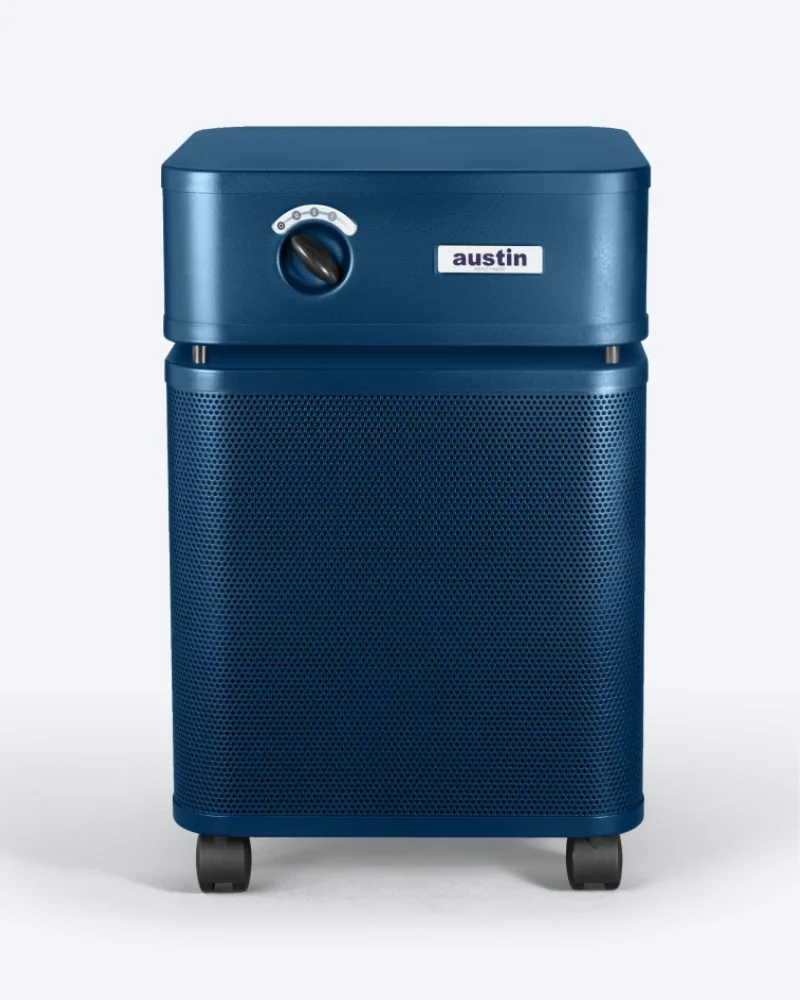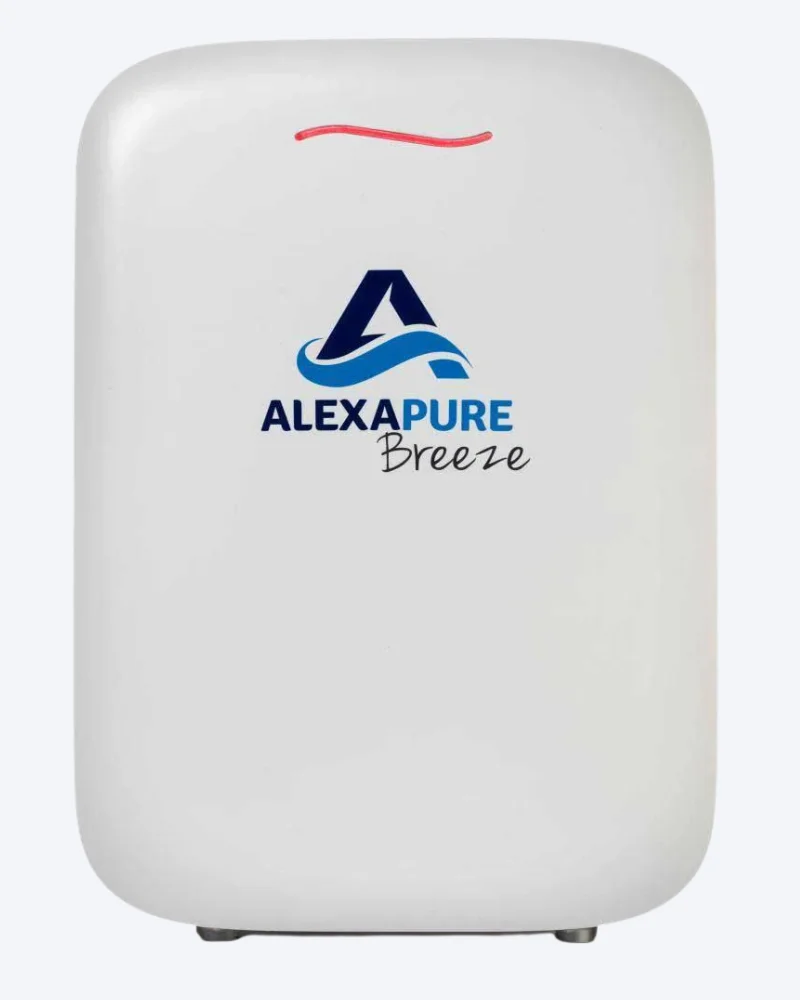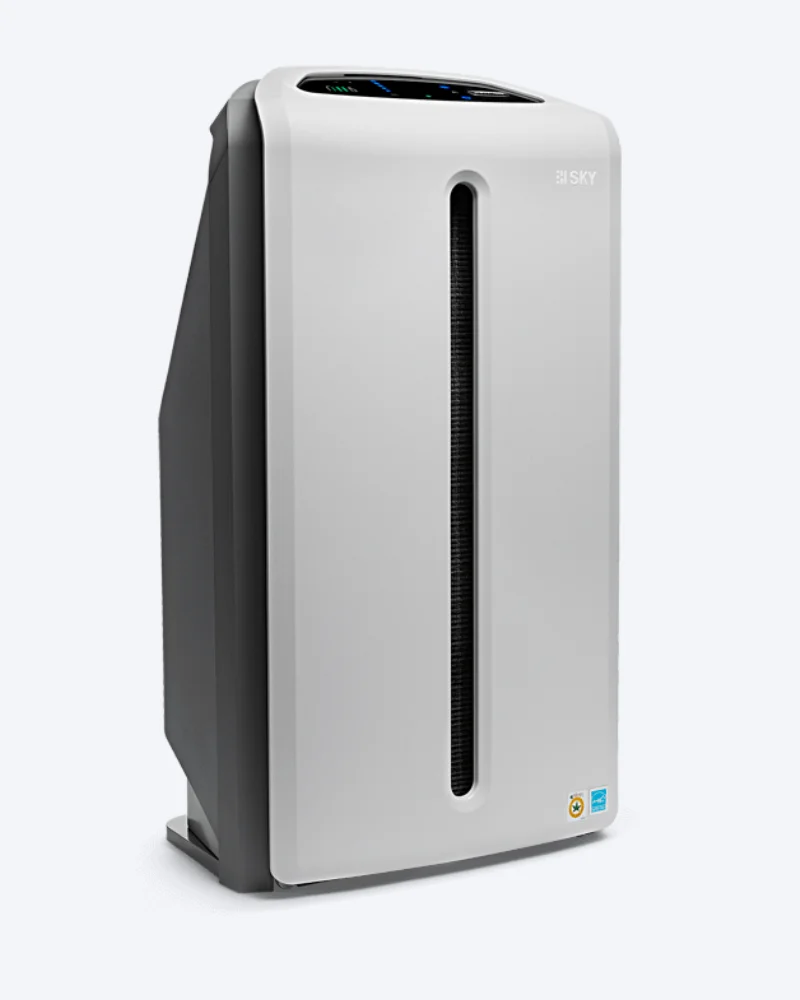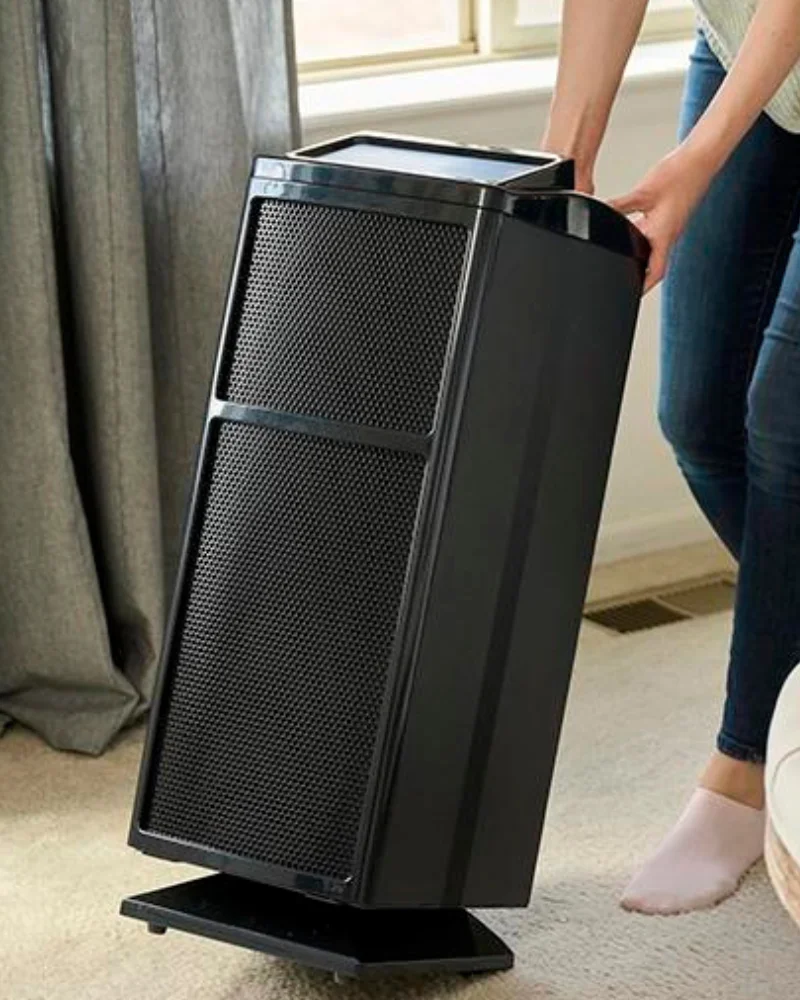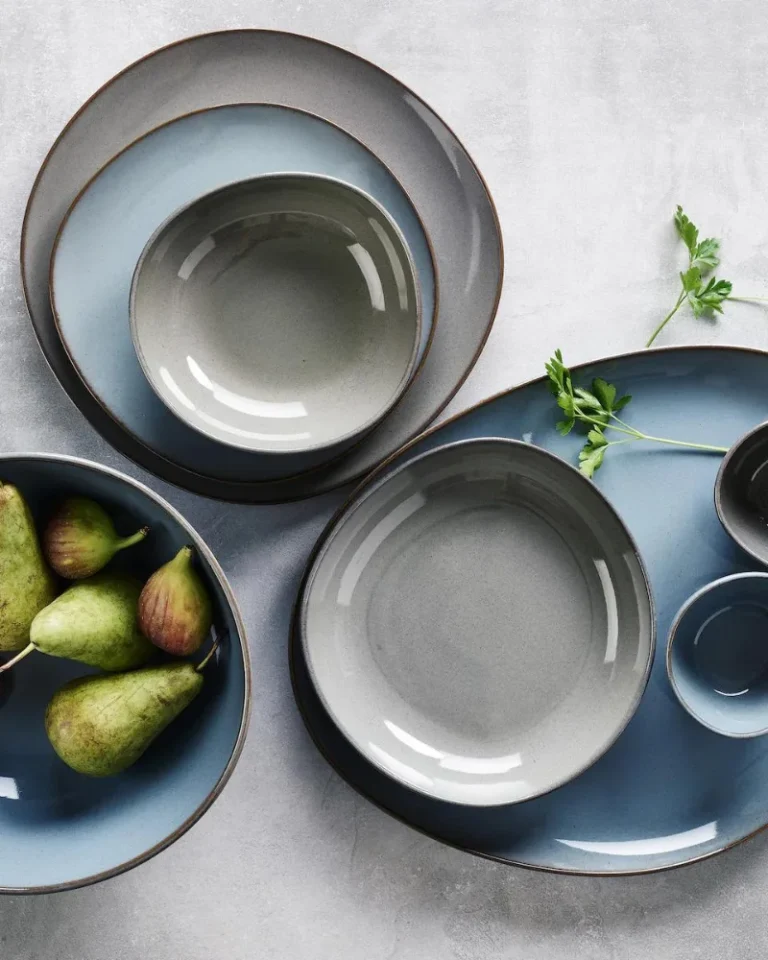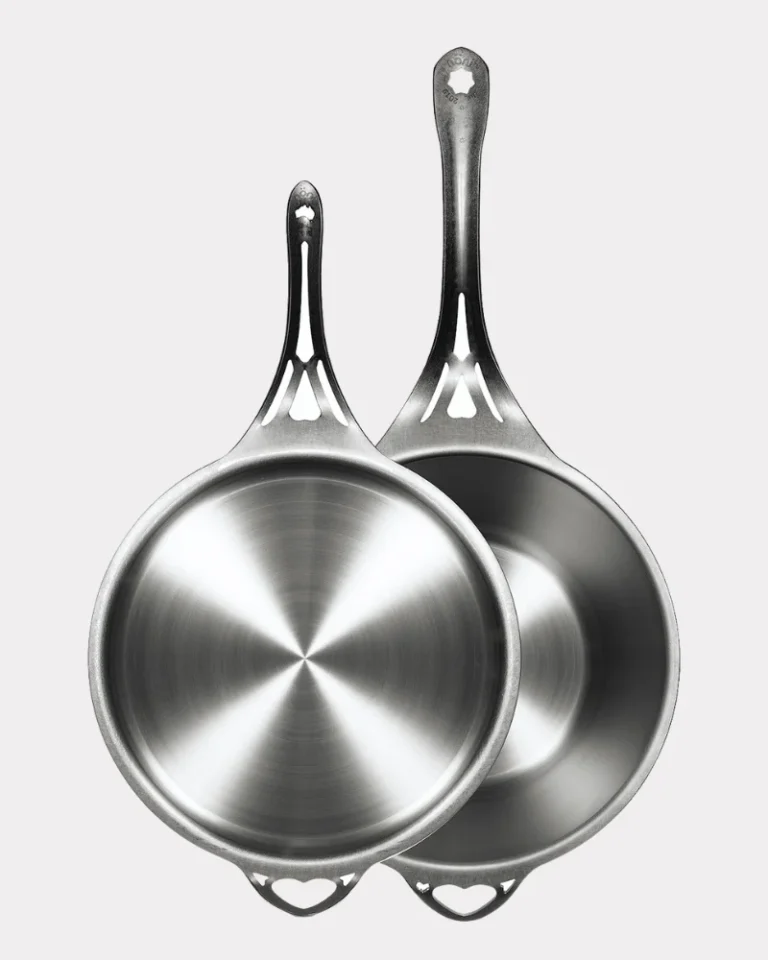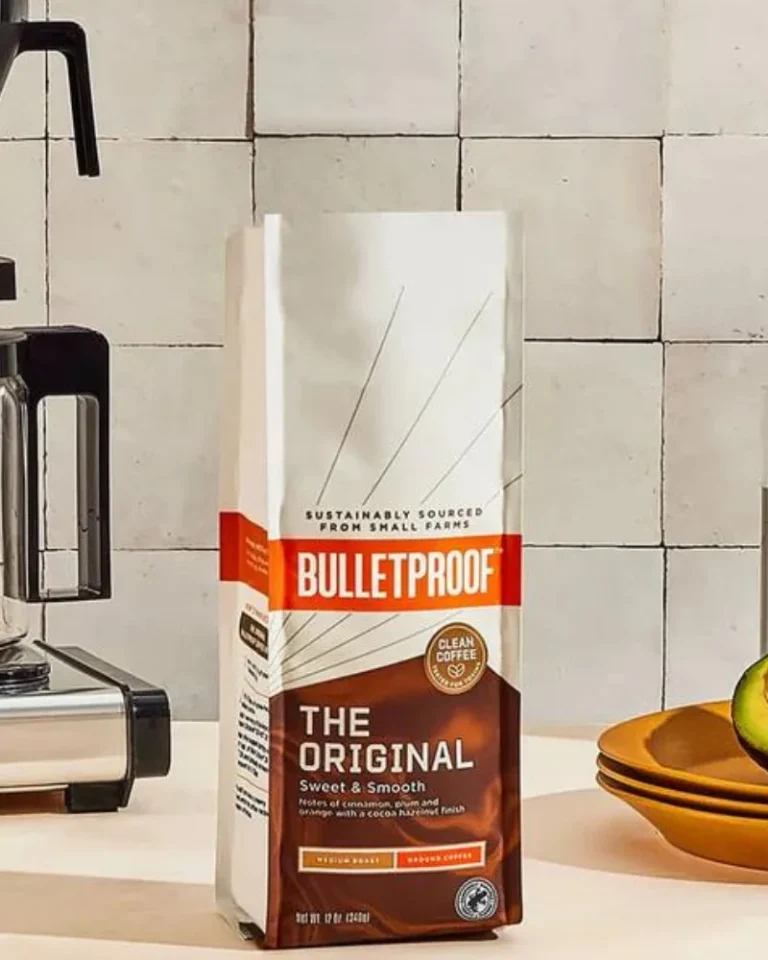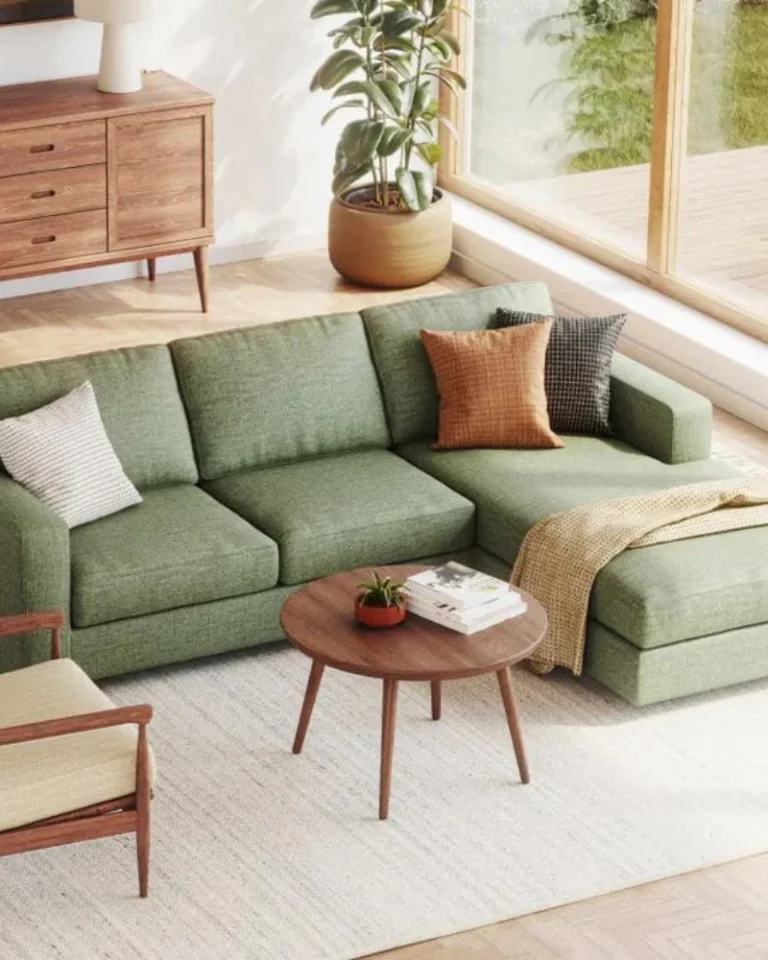This post may contain affiliate links. By browsing this website, you agree to our disclaimer, privacy policy, and terms of use.
Are you looking for the absolute best indoor air purifiers to help you breathe easier at home?
We all want to be sure that we’re doing everything we can to protect our lungs from harmful pollutants and allergens. But, unfortunately, it’s not always easy to know which indoor air purifiers actually live up to their promises and deliver the cleanest, freshest air possible.
The THC team has thoroughly researched, rigorously tested, and ranked the best air purifiers available. We sought out the best models with advanced filtration systems, intuitive smart features, and environmentally conscious designs.
These top-performing indoor air purifiers excel at tackling a wide range of indoor air quality concerns, from effectively removing common allergens like pollen, pet dander, and dust mites to efficiently neutralizing harmful chemicals like VOCs.
Has this ever happened to you? You’re all cozy in bed, ready to drift off to dreamland, but instead of counting sheep, you’re counting coughs and sniffles. Ugh, is there anything worse than a tickle in your throat that just won’t quit?!
Millions of folks are in the same boat, dealing with allergies and respiratory issues that can make getting a good night’s sleep feel like Mission Impossible.
It all comes down to this fancy term called indoor air quality, or IAQ for short.
Basically, IAQ is like a report card for the air you’re breathing inside. But the bad news is a lot of our homes are getting some pretty lousy grades according to the EPA. Poor IAQ can really do a number on your health, triggering all sorts of not-so-fun things like allergies, asthma attacks, and even illnesses.
Our homes can be a breeding ground for all sorts of respiratory irritants that are decreasing our IAQ like dust mites, pet dander, and pollen. But even worse furniture, paints, and cleaning chemicals can contain VOCs that actually leach toxic chemicals into our air
So what do we do about it?! Luckily the solution is pretty easy – getting an air purifier for your home! These little machines work day and night to filter out all the icky stuff to leave you with clean, fresh air. And most of them are so silent you won’t even know they’re there.
Now that we’ve explored the various types of filters used in air purifiers and their respective advantages, it’s time to dive into our picks for the best indoor air purifiers on the market.
Each air purifier on this list combines multiple levels of filtration to ensure optimal air quality. Whether you’re looking for allergen removal, odor elimination, or to capture toxic airborne pollutants, these top-rated air purifiers will get the job done. Let’s take a closer look!
Top Indoor Air Purifiers for Improving Indoor Air Quality
The IQAir Atem X is the epitome of powerful indoor air purification combined with intelligent design.
This slim and sleek air purifier packs a punch with its BionicCore and Flexible Air Rotation technologies, allowing it to clean all the air in a large room with ease.
It can remove an impressive 99.99% of viruses, including coronavirus and influenza A.
And with its internal air quality sensors and automatic operation, you can trust that the Atem X is always working hard to keep your air clean and healthy. Plus, with its Energy Star rating and quiet performance, you won’t even know it’s there.
Price
$1,399
Purification Type
Multi-stage HyperHEPA Filtration Technology Certified to Capture Ultrafine Airborne Pollutants
Notable Features
10-Year Warranty, Does Not Produce Ozone, Smart Sensor-Based Operation that Automatically Adjusts the Fan Speed
The Air Doctor 3500 is a powerhouse when it comes to cleaning the air in large rooms, especially in open concept homes.
Their propietary UltraHEPA filter captures an impressive 99.99% of airborne particles down to 0.003 microns (100 times smaller than what standard HEPA filters can handle!).
It also features a dual-action Carbon Gas Trap VOC filters to eliminate odors and toxic gases.
The built-in air quality sensor automatically adjusts filtration levels based on the air quality in your room, so you can breathe easy knowing the AirDoctor 3500 is always working hard to keep your air clean.
Price
$629
Purification Type
Pre-Filter, UltraHEPA Filter, Dual-Action Carbon/Gas Trap/VOC Filter
Notable Features
1-Year Limited Warranty, 3-stage filtration, Filter change alerts, Indoor temperature & humidity monitoring, Control from your smartphone
The Austin Air Healthmate is like having a medical-grade indoor air purifier in your own home.
This powerhouse uses a combination of a pre-filter, activated carbon and zeolite, and a medical-grade HEPA filter to remove up to 99% of airborne contaminants, including viruses, bacteria, dust, dander, and allergens.
What’s really impressive about the Healthmate is its ability to reduce the viral load in your air, minimizing the risk of infection and severity of disease.
And if you or someone in your family suffers from asthma or allergies, the Healthmate can be a huge help. It’s been clinically proven to reduce hospital visits for children with asthma exposed to secondhand smoke.
With its 5-year mechanical warranty and ability to tackle even the toughest air quality challenges, the Austin Air Healthmate is a top choice for anyone serious about improving their health.
Price
$715
Purification Type
Pre-Filter, Activated Carbon and Zeolite, Medical Grade HEPA Filter
Notable Features
5-Year Mechanical Warranty, Medical Grade HEPA Reduces Viral Load to Minimize Risk of Infection, Removes Bacteria, Dust, Dander and Allergens
The Alexapure Breeze is the perfect solution for those who want cleaner air without the noise that comes with most air purifiers. Perfect for nurseries or wherever little ones might be trying to sleep.
This compact unit uses a 4-stage filtration process to remove up to 99.97% of airborne particles, including smoke, pollen, and pet dander.
What’s really cool about the Alexapure Breeze is its Ioncluster technology, which helps to neutralize odors. And with its easy-to-read filter indicator, you’ll always know when it’s time to swap out the filter and keep your air purifier running at peak performance.
Designed for rooms up to 800 sq. ft., the Alexapure Breeze is the perfect choice for bedrooms, home offices, and living spaces where you want to breathe easily without sacrificing peace and quiet.
Price
$279.99
Purification Type
Pre-Filter, Activated Carbon Filter, HEPA Filter, Ioncluster Technology
Notable Features
6-Year Warranty, True HEPA filtration, Built-in Filter Indicator, Designed For Rooms Up To 800 sq ft
The Amway Atmosphere Sky is a sleek and modern indoor air purifier that uses a three-stage filtration system to capture an incredible 99.99% of airborne particles.
This industrial-grade air purifier removes viruses, bacteria, and allergens as small as 0.0024 microns. That’s 30,000 times smaller than a human hair!
What really sets the Atmosphere Sky apart is its Inteliflow technology, which optimizes air circulation and ensures that every corner of your room is getting clean air.
And with the Amway Healthy Home app, you can control your air purifier from anywhere, monitor air quality, and even get alerts when it’s time to replace the filters.
Price
$1,699
Purification Type
Washable Pre-Filter, HEPA Filter, Carbon Filter
Notable Features
2-Year Limited Warranty, Removes 99.99% of Airborne Particles as Small as 0.0024 Microns, Inteliflow Technology For Optimized Air Circulation, Control Via Smartphone
The Intellipure Ultrafine 468 seamlessly blends into any room while quietly working to remove up to 99% of airborne mold, bacteria, and viruses.
The Ultrafine 468 uses proprietary DFS technology to enhance its filtration capabilities and inhibit the growth of organisms in the system.
And with its highest-quality EC motor, this air purifier uses up to 50% less energy than similar air purifiers,
Plus, with its two wheels and air-tight design, the Ultrafine 468 is easily mobile and can easily be moved around your home or office.
Price
$499.00
Purification Type
Pre-Filter, Proprietary High-Energy Filed Disinfecting Technology
Notable Features
Limited Warranty, 6 Stage VOC Adsorption Filter, DFS Technology Removes Up To 99% of Airborne Mold, Bacteria, and Viruses, CARB Certified
This has been your full guide to the best indoor air purifiers for 2024!
We all want to feel safe and healthy in our own homes, but the truth is, that the air we breathe indoors can be full of hidden dangers. From tiny particles of dust and pollen to toxic gases and chemicals, indoor air pollution can take a serious toll on our health.
But here’s the good news: you have the power to take control of your indoor air quality. By investing in a quality air purifier, you can create a cleaner, fresher, and healthier environment for yourself and your loved ones.
Whether you choose a powerhouse like the Air Doctor 3500, with its UltraHEPA filter and smart sensor technology, or a sleek and quiet option like the Alexapure Breeze, with its 4-stage filtration, we hope you find an air purifier here that can help you breathe easier.
And remember, an air purifier is just one piece of the puzzle when it comes to improving your indoor air quality. By taking steps to reduce pollution sources, improve ventilation, and incorporate air-cleaning plants into your home, you can create cleaner air for healthier living.
